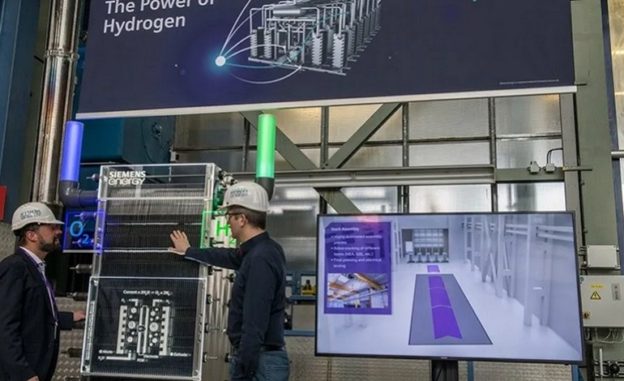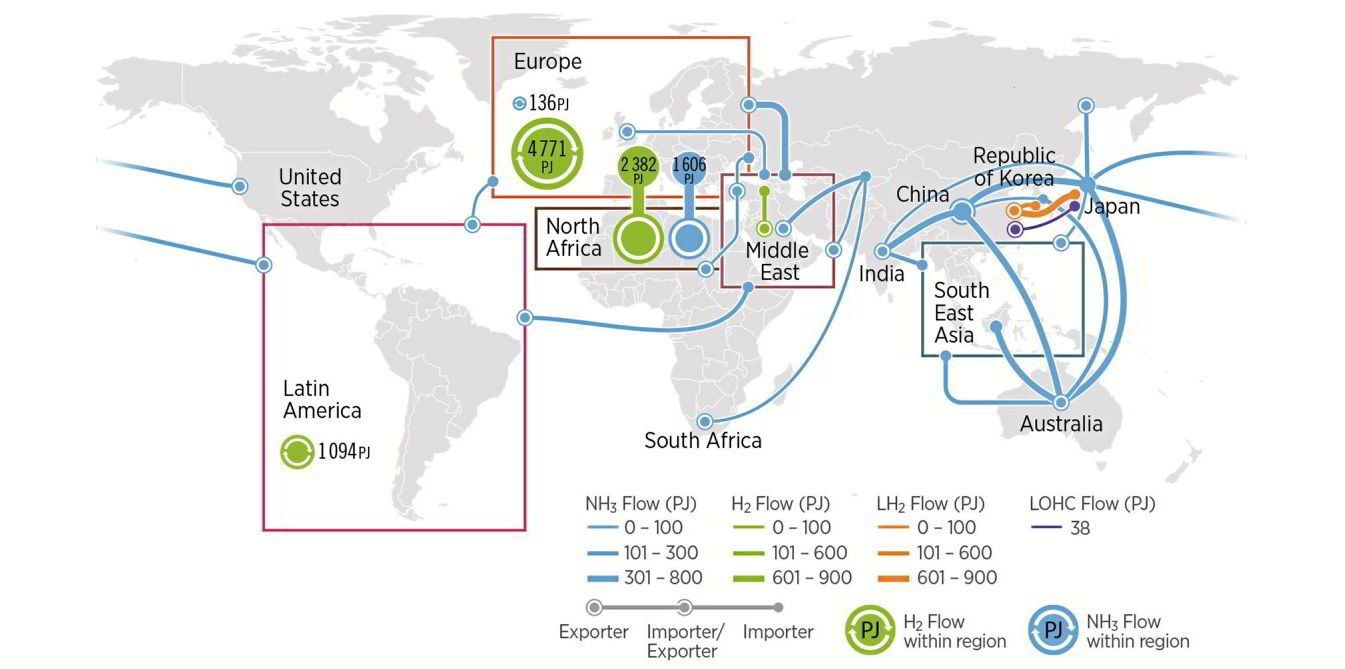Global annual electrolyser production will need to reach 176GW by 2030 if planet is to stay within 1.5°C global heating, according to a new study
The cost of electrolysers — the machines that split water molecules into hydrogen and oxygen using an electric current — are expected to fall rapidly this decade, at a similar rate to those seen in solar panels and wind turbines, according to a new report by the International Renewable Energy Agency (Irena)
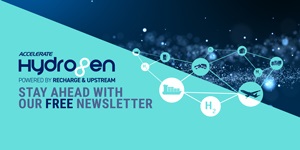
“The price of electricity procured from solar PV and onshore wind plants decreased substantially in the last decade. A similar decline is expected for electrolysers in the coming decade, thanks to the large pipeline of green hydrogen projects,” Irena writes in its World Energy Transitions Outlook 2022 study.
The cost of solar modules fell 82% between 2010 and 2019, according to a 2020 Irena report, with onshore wind costs dropping by 39% over the same period.
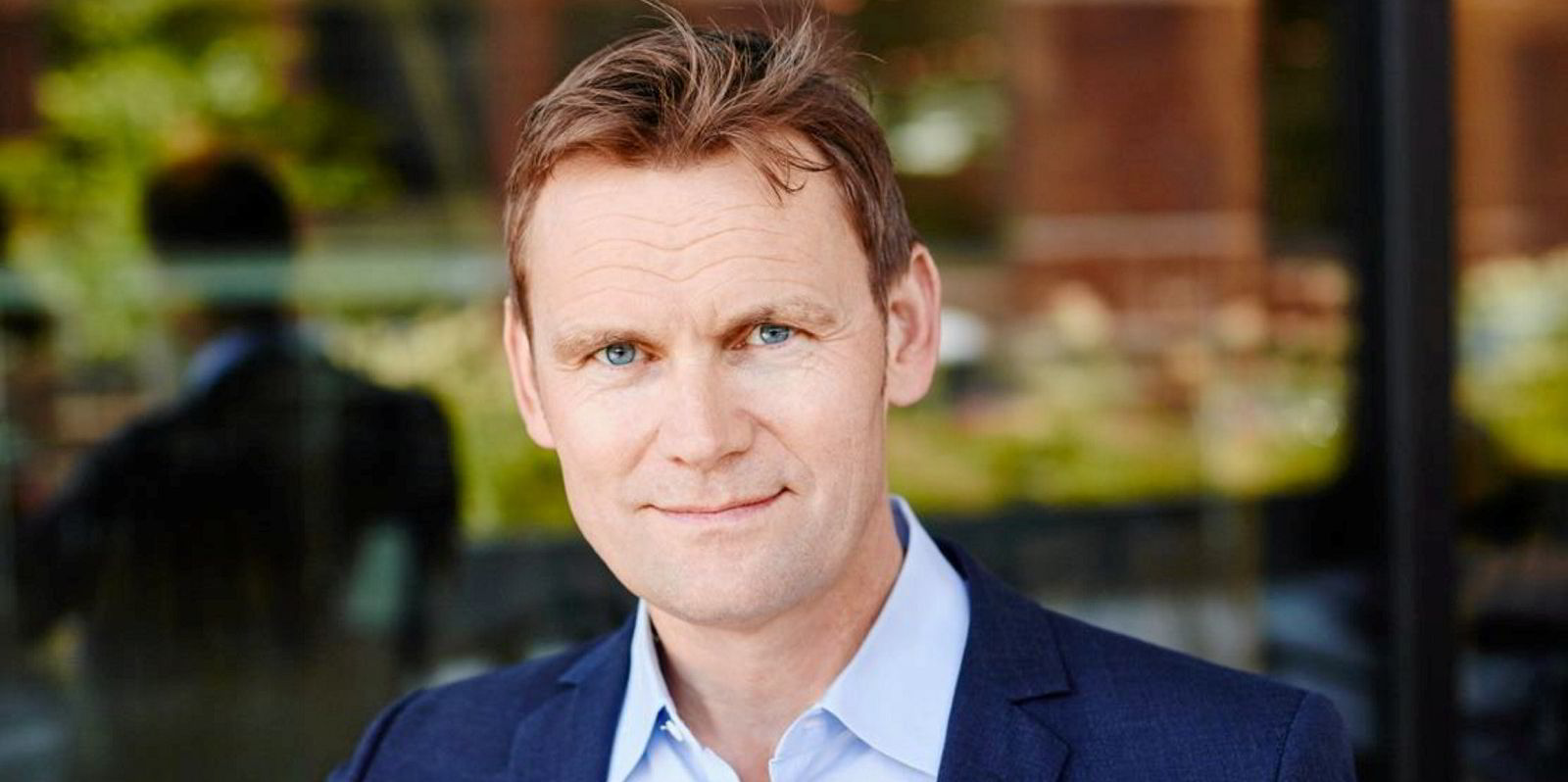
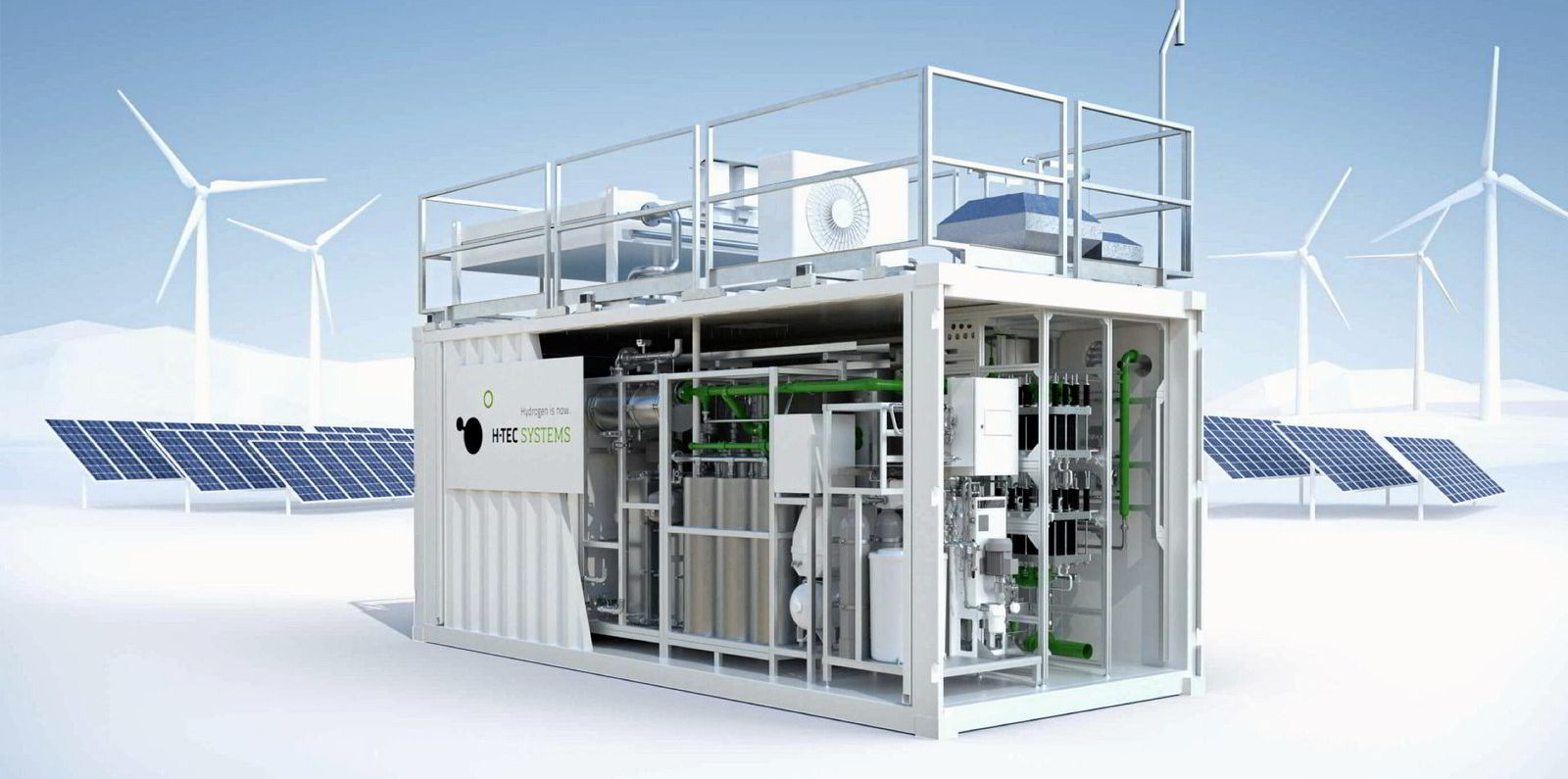
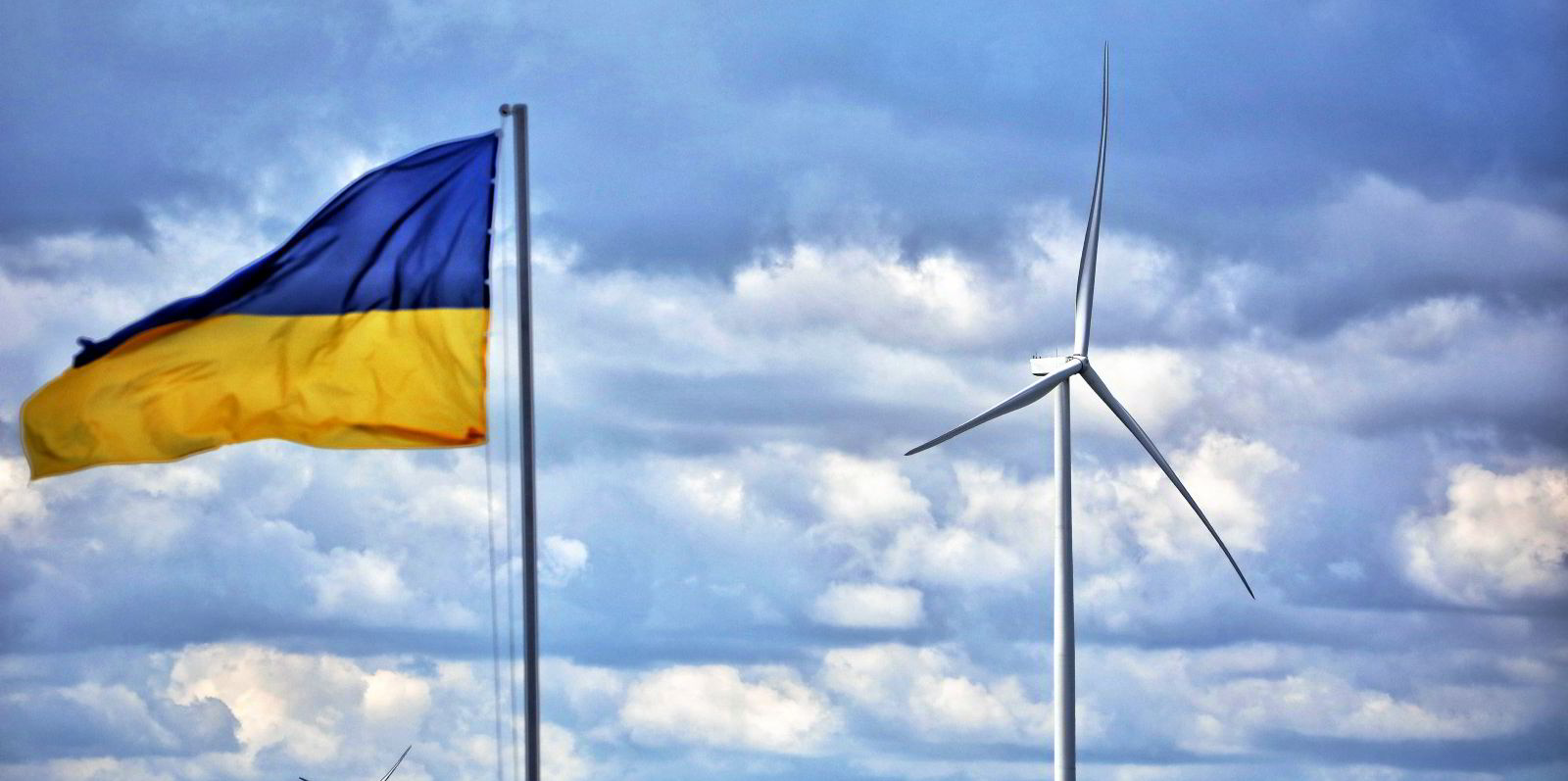
A rapid fall in the price of electrolysers would be vital if the world is to keep global heating to 1.5°C above pre-industrial levels — a feat that would require more than 100 million tonnes of green hydrogen to be produced annually by 2030 and more than 400 million by 2050, according to Irena.
That would require annual production of 136GW of electrolysers this decade — 90% of which would be alkaline electrolysers and 10% proton-exchange membrane (PEM).
A November 2021 report by US investment bank Jefferies estimated that the worldwide annual supply of electrolysers by 2030 would reach only 47GW, and “could sit somewhere in the 30-40GW range”.
To meet the massive demand for electrolysers, “countries should set targets to develop electrolyser capacity, support supply chains and reduce electrolyser investment costs using dedicated funding (grants/loans), Irena writes. “Additionally, there is a significant need to accelerate the automated production of electrolysers and improve raw material efficiency (eg, recycling).”
It adds: “Innovations in electrolyser technology are critical to the smart electrification of end-use sectors with renewable energy, in order to improve their flexibility and efficiency while reducing their cost.”
The report states that meeting Irena’s 1.5C scenario would require an annual investment of $133bn a year in clean hydrogen — including electrolysers, feedstocks and infrastructure for green and blue H2 — between 2021 and 2030, and $176bn a year from 2031-50.
Alkaline vs PEM
Advocates of PEM technology argue that it is better able to cope with the ups and downs of variable renewable energy than alkaline electrolysers, but Irena does not seem to agree.
“The flexibility of alkaline and proton-exchange membrane stacks [inside electrolysers] is sufficient to follow fluctuations in wind and solar,” it says.
Irena also warns that PEM electrolysers “may encounter a significant supply risk”, whereas more established alkaline machines would not.
“Meeting the required capacity [for PEM electrolysers] by 2030 will require mining of critical materials like titanium (5,500 tonnes), iridium (9 tonnes), and platinum (5 tonnes),” the report says. “However, improved design and raw material efficiency in PEM electrolysers can cut demand by up to 90% from current levels.”
https://www.rechargenews.com/energy-transition/cost-of-hydrogen-electrolysers-to-fall-this-decade-at-similar-rates-to-solar-and-wind-says-irena/2-1-1192868?utm_source=email_campaign&utm_medium=email&utm_campaign=2022-03-31&utm_term=recharge&utm_content=hydrogen




